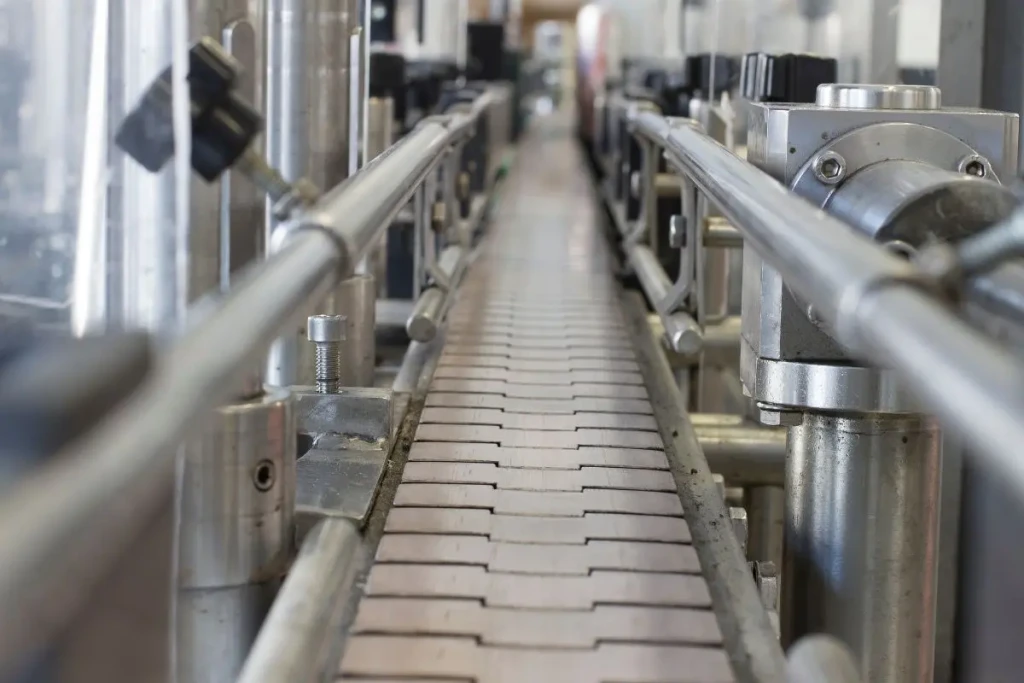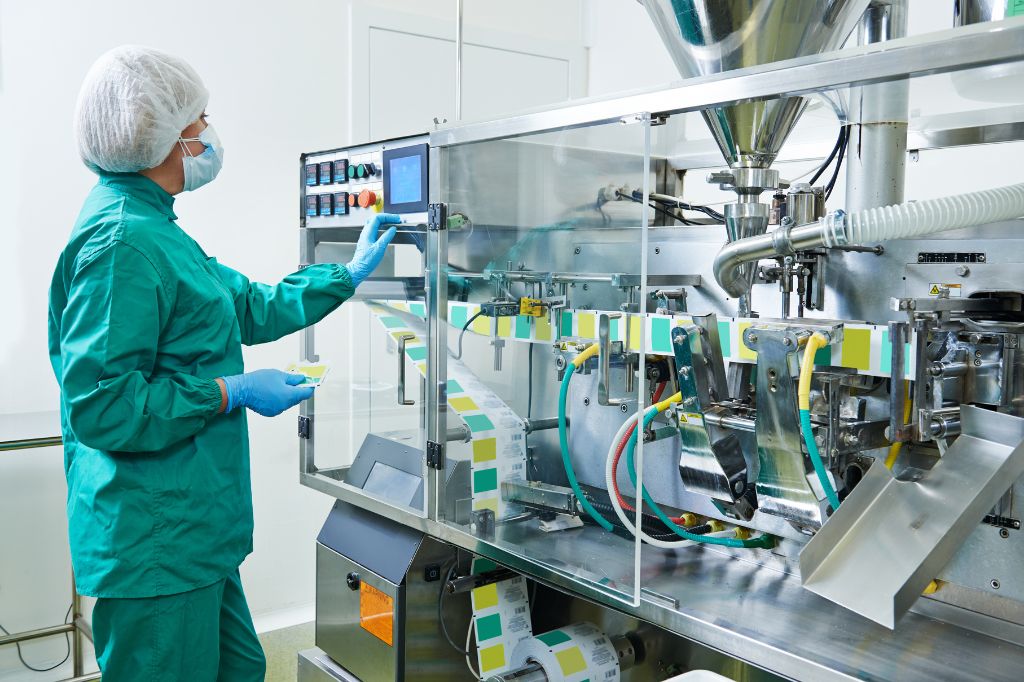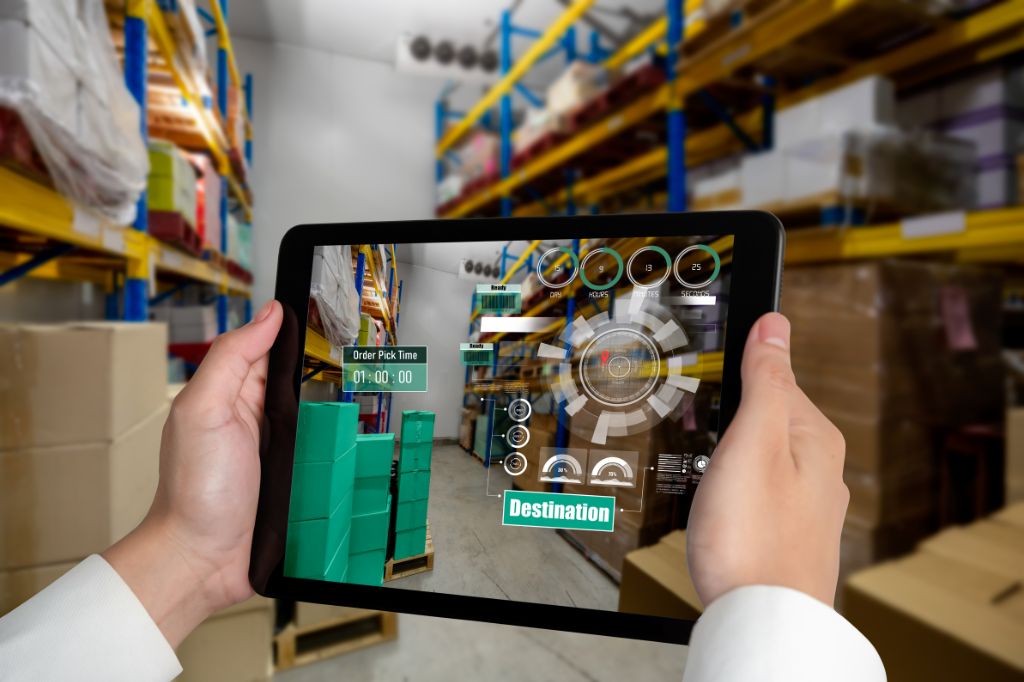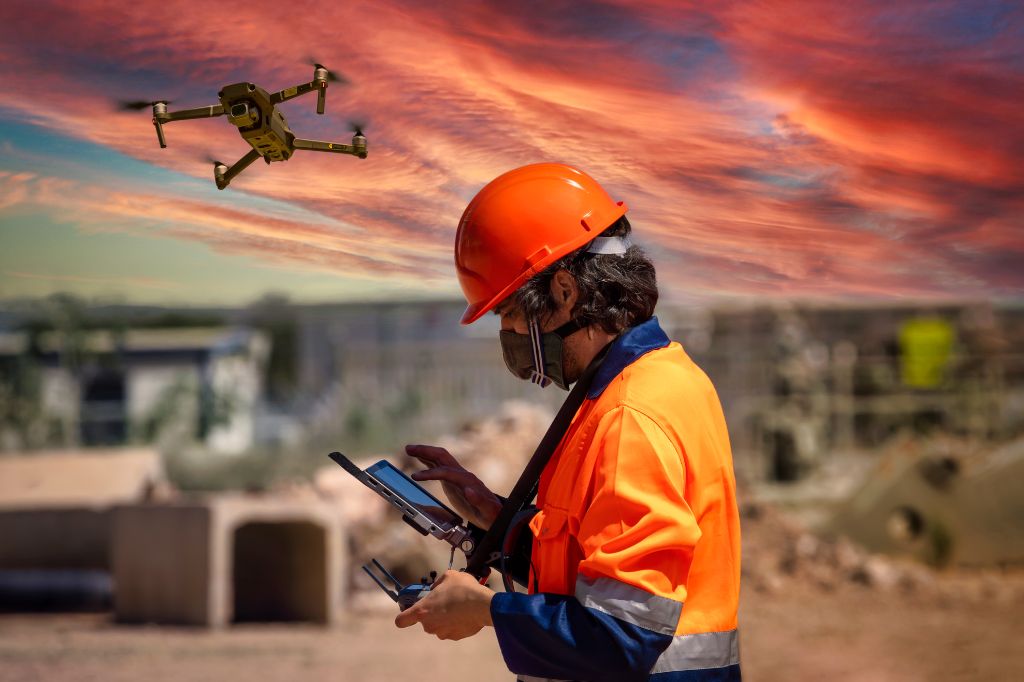
The evolution of conveyor belt manufacturing over the years
Reading time: < 5 minutesConveyor belts are key devices in a wide range of industries and applications, used for the efficient transport of bulk materials, products, and heavy loads. Over the years, conveyor belt manufacturing has undergone a remarkable evolution, driven by the need to improve efficiency, durability, and versatility in these systems. Below, we will explore the evolution of conveyor belt manufacturing over the years, from the earliest concepts to the most advanced technologies used today.
The beginnings of conveyor belts
The history of conveyor belts dates back to the early 19th century when rudimentary systems were used to transport heavy loads in coal mines. These early systems consisted of belts made of leather or canvas, which were moved manually or with the help of draft animals. As the Industrial Revolution advanced, improvements were made in materials and propulsion methods, allowing for more efficient transportation and higher load capacities.
One of the most significant advancements occurred in the late 19th century with the invention of the steel conveyor belt. These belts consisted of a series of interconnected steel links that allowed for the transport of heavy loads over long distances. The introduction of steel as the primary material improved the strength and durability of the belts, which in turn increased the efficiency and load capacity of transportation systems.
With the advent of electricity and motor technology, conveyor belts became more automated and efficient in the 20th century. Electric drive systems were developed to replace manual labor and animal traction. This allowed for greater speed and precision in material transportation, improving productivity across various industries, including mining, manufacturing, and agriculture.
As technology advanced, further improvements were made in conveyor belt manufacturing. New materials were developed for the belts, such as synthetic rubber and nylon fabric, which enhanced wear resistance and durability. Additionally, more efficient methods of tensioning the belts were introduced, improving the performance and longevity of transportation systems.
The conveyor belt revolution in modern industry
In recent decades, conveyor belt manufacturing has been driven by the development of more advanced technologies. Modular conveyor belt systems have been introduced, allowing for easy installation and configuration of systems, as well as the ability to adapt to the changing needs of production. These modular systems offer greater flexibility and versatility in conveyor belt configuration, making it easier to integrate them into different work environments.
Additionally, conveyor belt manufacturing has embraced technologies like robotics and artificial intelligence. Autonomous conveyor belt systems use robots and intelligent algorithms to control and coordinate the movement of loads. This has further improved transportation efficiency and precision while reducing the need for human intervention.
In terms of materials, conveyor belts have been developed with special coatings that improve wear resistance, corrosion resistance, and adhesion of transported materials. These advancements have made it possible to use conveyor belts in more demanding applications, such as transporting abrasive or chemically aggressive materials.
The future of conveyor belt manufacturing: what can we expect?
As we move into the future, conveyor belt manufacturing will continue to evolve to meet the changing demands of industry. Below, we will explore the trends and innovations we can expect in the future of conveyor belt manufacturing.
Integration of industry 4.0 technologies
This refers to the convergence of digital technology and manufacturing to create intelligent, highly efficient production environments. In the context of conveyor belts, this involves incorporating advanced sensors, real-time monitoring systems, and data analytics to improve productivity, efficiency, and safety. State-of-the-art sensors will enable continuous monitoring of conveyor belt performance. These sensors will detect changes in temperature, vibration, and load, allowing for early detection of issues and proactive maintenance planning. Additionally, real-time monitoring systems will collect data on productivity, energy performance, and other key parameters, enabling continuous optimization of operations.
The future of conveyor belts through data analytics
Data analytics will enable manufacturers to identify patterns and trends, helping to optimize processes and improve decision-making. For example, data analysis can reveal patterns of belt wear, allowing for the scheduling of replacements or maintenance before failures occur. Additionally, data analysis can help identify opportunities to improve efficiency and resource utilization.
Integration of artificial intelligence and robotics in conveyor belts
Autonomous conveyor belt systems will be able to automatically adapt and adjust as production conditions change. Collaborative robots will work alongside conveyor belts for automated material loading and unloading, improving efficiency and reducing the risk of worker injuries.
A more sustainable and safer world
Sustainability will also be an important factor in the future of conveyor belts. Manufacturers will seek to reduce the environmental footprint of their products through energy efficiency measures and the use of recyclable materials. Moreover, new energy sources, such as solar power and kinetic energy, will be explored to power conveyor belt systems, reducing dependence on fossil fuels and decreasing carbon emissions.
The role of augmented reality
These technologies could be used for the design and simulation of conveyor belt systems, enabling more precise and efficient planning. Additionally, augmented reality could provide real-time visual assistance to operators, facilitating the supervision and maintenance of systems.
We can conclude that as we move toward the future, conveyor belts will continue to be a fundamental part of industrial infrastructure, driving growth and innovation in the industry. How can we harness the potential of these belts? At Eurotransis, we want to help businesses like yours improve workflows, reducing potential issues that may arise. Contact our team for more information on everything we can offer you



